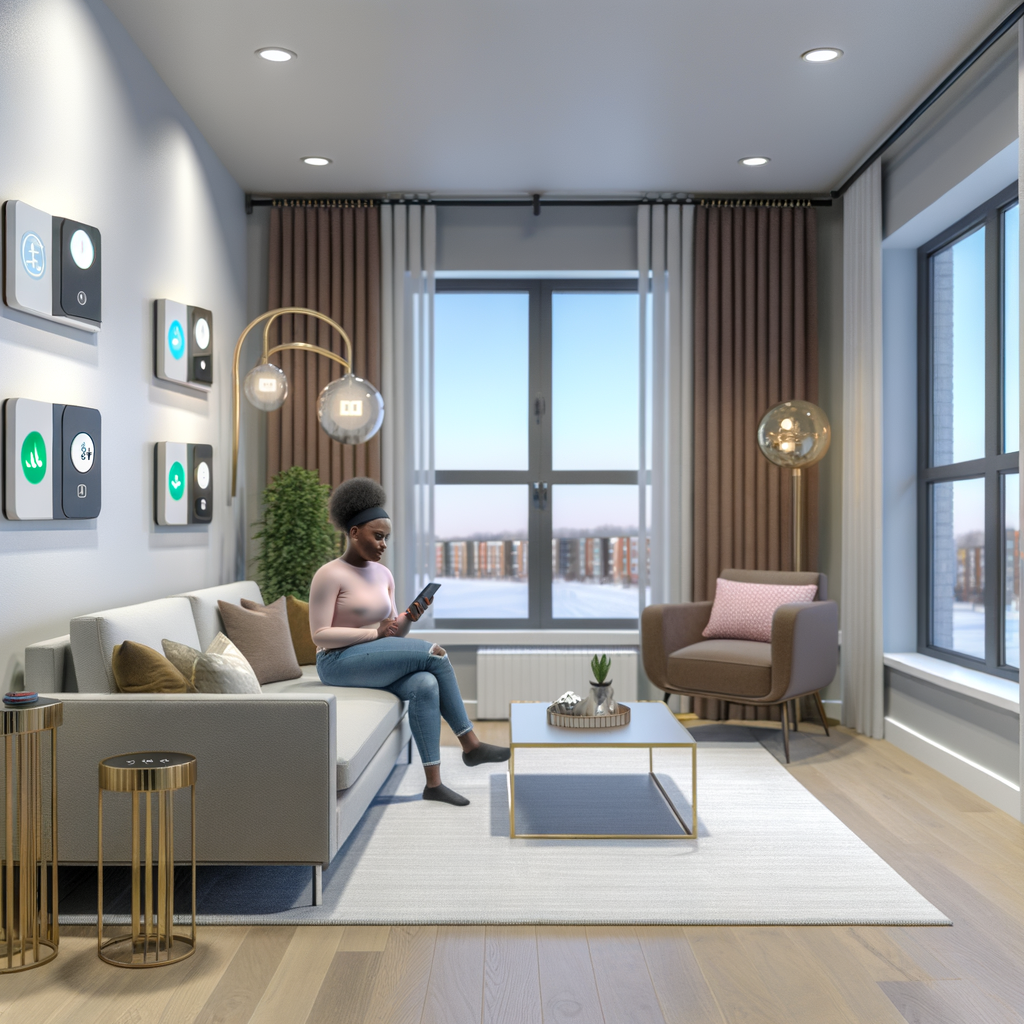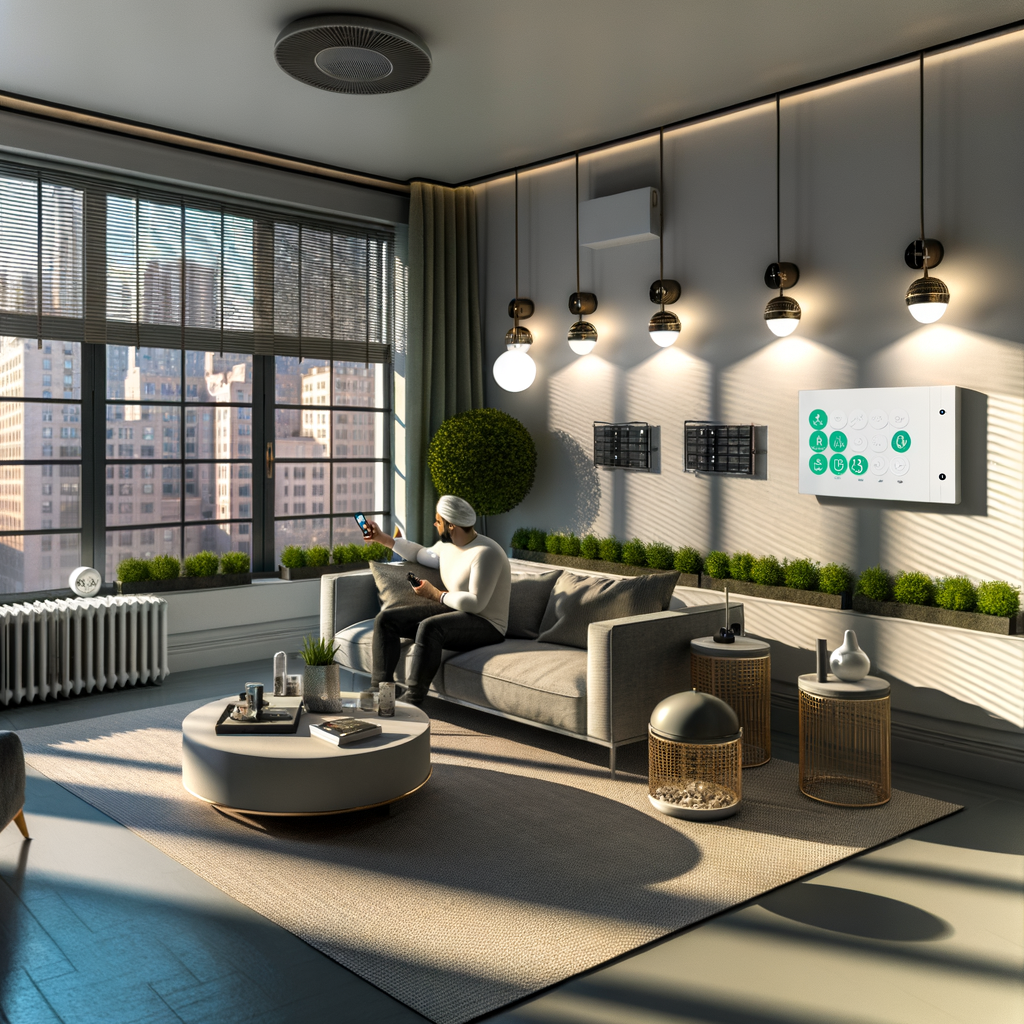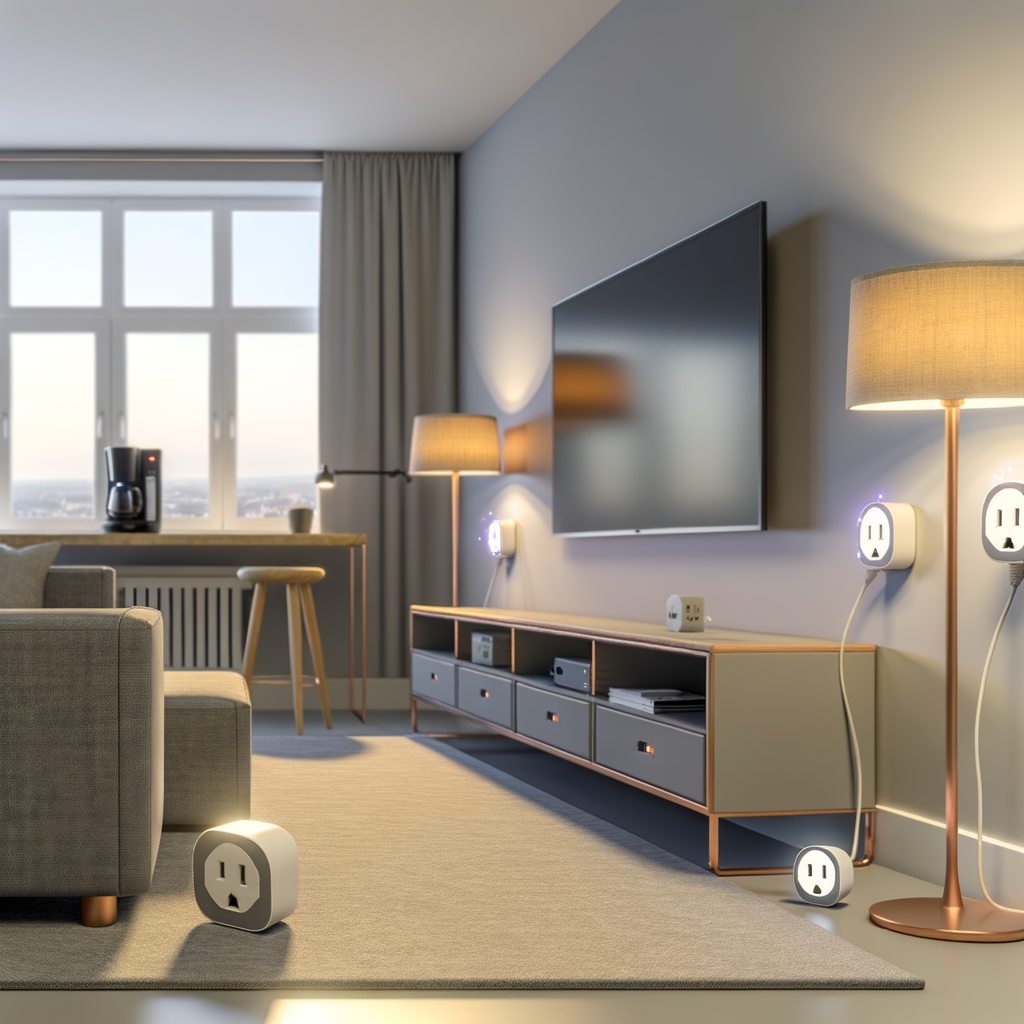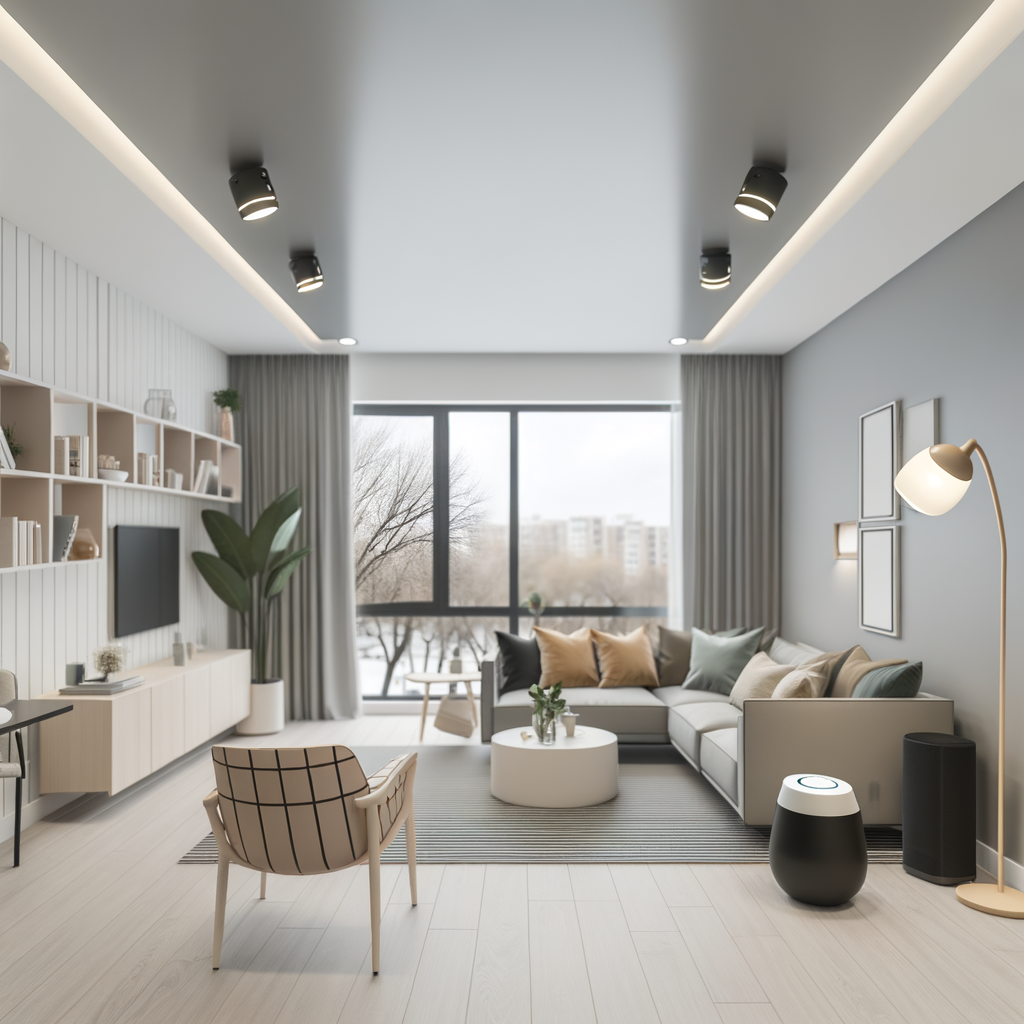Myth-Busting Smart Homes: 7 Common Misconceptions Renters Have About Energy-Efficient Tech
Smart home technology is rapidly evolving—and not just for homeowners. Renters are increasingly interested in energy-efficient tech to save money, reduce their carbon footprint, and enjoy the convenience of automation. However, there are persistent myths and misconceptions standing in the way.
If you rent your home or apartment and wonder if smart tech is for you, you’ve probably run into some of these myths. It’s time to set the record straight. Here are the seven most common misconceptions renters have about energy-efficient smart home tech—debunked.
1. You Can’t Install Smart Devices if You Don’t Own the Property
Many renters believe they can’t install smart home devices because they don’t have the freedom to modify their apartment or rental house. This is not necessarily true.
Non-Invasive Smart Devices Exist
- Smart plugs – Plug them into any standard outlet and control lamps, coffee makers, or electronics with an app.
- Smart bulbs – Swap out standard light bulbs for smart LEDs that screw into regular sockets. No wiring required.
- Wi-Fi thermostats (with landlord approval) – Some models offer simple installation that doesn’t involve major electrical work. Renters can usually reinstall the original thermostat when moving out.
If you’re worried about violating your lease, stick to portable, removable options. Always read your lease agreement first and ask your landlord before installing anything that involves wiring or screws.
Actionable Advice
- Focus on non-permanent devices.
- Keep original hardware to reinstall at move-out.
- Communicate with your landlord to avoid surprises.
2. Smart Home Tech Is Too Expensive for Renters
High price tags for some devices feed the myth that smart home tech is only for wealthy homeowners. But the landscape is changing fast.
Affordable Options Are Available
- Smart plugs and bulbs can often be found for under $20.
- Entry-level products offer the biggest benefits (energy savings, convenience) for minimal cost.
- Sales and bundles provide further discounts, especially around holidays.
Plus, energy-efficient devices often pay for themselves over time by cutting monthly utility costs.
Actionable Advice
- Start with one or two low-cost devices and add more over time.
- Look for devices certified by ENERGY STAR or similar programs for added savings.
3. Smart Devices Are Difficult to Set Up or Use
Worried you need to be a tech wizard to set up or maintain a smart home? Modern smart gadgets are designed for simplicity.
Simple App-Based Setup
- Most devices walk you through setup via a smartphone app.
- Smart bulbs screw in like standard bulbs and are controlled with an app or voice assistant.
- No network expertise or fancy tools required for most renters.
Growing Ecosystem Integration
- Popular platforms like Amazon Alexa, Google Home, and Apple HomeKit make it easy to connect multiple devices under one system.
- Many devices work with multiple platforms, so you won’t be locked into one brand.
Actionable Advice
- Check compatibility labels on smart devices before purchasing.
- Read setup guides (included or online) before you buy to ensure comfort with installation steps.
- Start with a single device before building your ecosystem.
4. Smart Home Tech Consumes More Energy (or Isn’t That Efficient)
Some renters hesitate, thinking smart gadgets require so much power that they wipe out any energy savings. This is largely a myth.
Energy Efficiency Is Often Built-In
- Smart thermostats can optimize heating and cooling, saving up to 10–15% on bills by learning your habits and using energy only when you need it.
- Smart bulbs, especially LEDs, use up to 75% less energy than incandescents—even factoring in “always on” wireless features.
- Smart plugs can cut standby, or “phantom,” power use by scheduling off times for appliances not in use.
Actionable Advice
- Look up estimated yearly energy consumption on product labels.
- Use manufacturer-provided energy reports to optimize schedules.
- Pair automation with your daily routine for maximum savings (e.g., turning off electronics when leaving home).
5. My Landlord Won’t Allow Any Smart Upgrades
This concern is valid, especially when it comes to more permanent installations. However, landlords often appreciate tenants who take steps to improve efficiency—especially when the upgrades are removable or beneficial to the property.
Know Your Lease
- Some leases forbid changes to wiring or fixed systems, but removable devices like smart plugs, bulbs, or even smart window shades are usually permissible.
- Replacing a thermostat may require written permission, but many landlords say yes when you offer to replace the original one when you move out.
Landlord-Friendly Strategies
- Show your landlord how a smart device (like a learning thermostat) could improve property value or reduce utility costs (especially if utility is included in rent).
- Offer to pay for professional installation if required by lease terms.
- Bring original hardware to reinstall at move-out, ensuring zero damage or permanent modifications.
Actionable Advice
- Consult your lease before making changes.
- Communicate openly and document any approvals you receive.
- Focus on plug-and-play upgrades that don’t alter the property.
6. Smart Home Tech Poses Security or Privacy Risks
Stories about unsecured webcams or hacked speakers fuel understandable fears. With a little common sense and proactive steps, smart home tech can be secure, even in a rental.
Modern Security Measures
- Reputable smart devices encrypted user data and update firmware regularly.
- Many brands now offer privacy toggles or hardware switches for microphones and cameras.
Best Practices for Renters
- Create unique, strong passwords for your devices and Wi-Fi network.
- Keep app and device firmware updated to reduce vulnerabilities.
- Choose devices from well-known brands with good security track records.
Actionable Advice
- Avoid using open or shared Wi-Fi networks for your smart devices.
- Regularly review privacy settings in device apps.
- Physically cover or unplug cameras and mics when extra privacy is needed.
7. Energy-Efficient Tech Requires a Smart Hub or Major Investment
There’s a lingering belief that you need an expensive smart hub (or a whole smart ecosystem) to benefit from energy-efficient gadgets. Not so!
Many Devices Work Standalone
- Most modern smart bulbs, plugs, and switches connect directly to your home Wi-Fi network via a smartphone app—no additional hub required.
- Voice assistants (like Echo Dot or Google Nest Mini) often double as mini-hubs for multiple products, but aren’t strictly necessary.
- Some platforms (like Apple HomeKit) may require a hub, but it’s not universal.
Renters Can Start Small
- Install one device at a time without committing to a major ecosystem.
- Upgrade devices gradually as your needs (and tech confidence) grow.
Actionable Advice
- Double-check device packaging for “no hub required” or similar claims.
- Keep things simple—plug-and-play devices provide plenty of benefits all by themselves.
Maximizing Smart Tech as a Renter: Practical Tips
Ready to make your rental smarter and more energy




